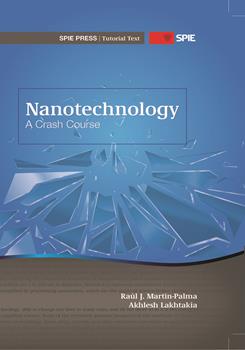|
In this chapter, some of the most significant nanomaterials exemplifying practical low-dimensional structures currently under intensive research are described, as well as their current and potential applications. These nanomaterials are often highly nonhomogeneous, facilitating the confinement of charge-carrying particles (e.g., electrons and holes), and thereby leading to novel and sometimes unexpected behavior. Table 2.1 summarizes the main types of nanostructures and nanomaterials along with their nanoscale dimensions. 6.1 Carbon Nanostructures The discovery of the molecule C60 in 1985 was soon followed by the discovery of a host of carbon molecules today classified as fullerenes. In 1990, a relatively simple method of preparing macroscopic amounts of fullerenes was published. This method established fullerene science as an area of intense research and opened the possibility of complementing or even superseding silicon-based devices with carbon-based electronics. Recent research, in particular with carbon nanotubes, has amply illustrated the versatility of fullerenes. Many different uses of nanotubes ranging from single-molecule transistors to coherent spin transport have been demonstrated. Fullerenes have also been used as prototypical nanoscale systems to probe fundamental low-dimensional physics. Indeed, C60 has recently been used as a powerful probe of fundamental quantum mechanics, becoming the most massive object for which de Broglie interference has been observed. 6.1.1 Spherical fullerenes The molecule Buckminsterfullerene (C60) may be described as follows: a planar monatomic graphite layer (graphene) consisting of regular hexagons and regular pentagons bent into a closed sphere. Other spherical fullerenes have similar structures. The remarkable properties of spherical fullerenes stem from the unusual electronic structure of graphene, which is a single atomic layer of graphite having a 2D honeycomb structure made of sp2-bonded carbon atoms. Figure 6.1 shows a schematic diagram of the C60 molecule, from which it is clear that all carbon atoms are essentially equivalent, with each atom bonded to three other carbon atoms in a sp2-related bonding geometry. |
|
|


